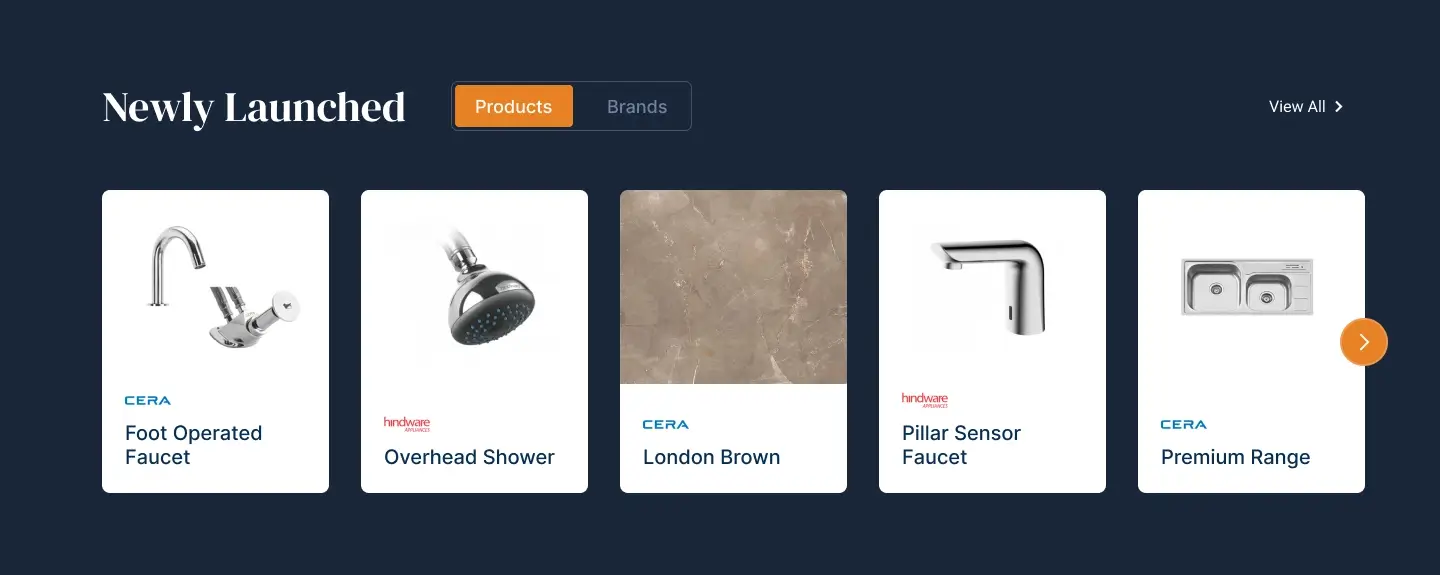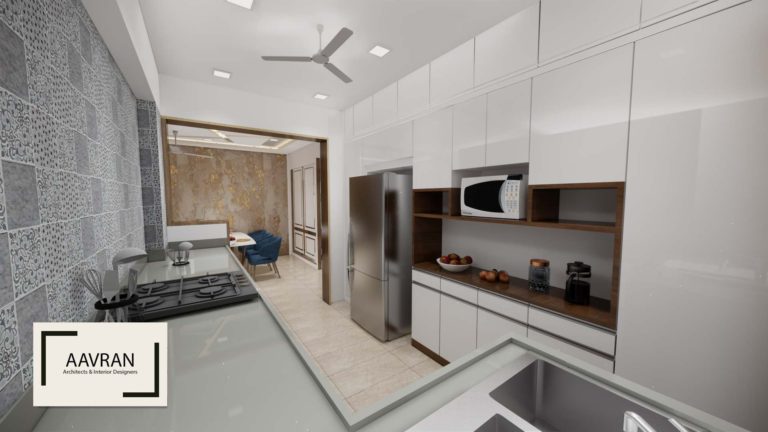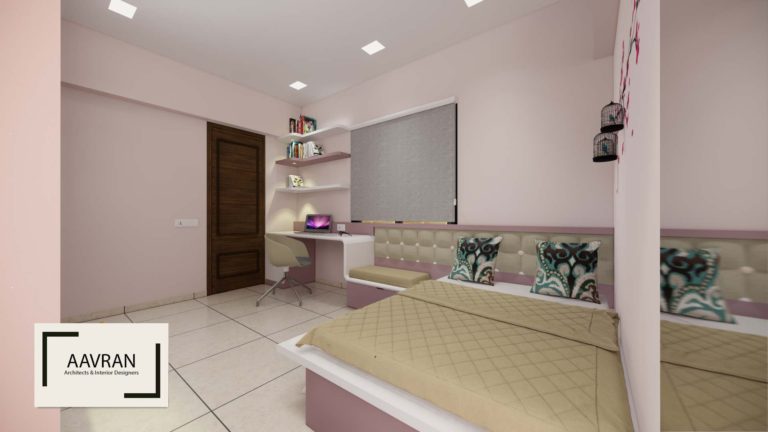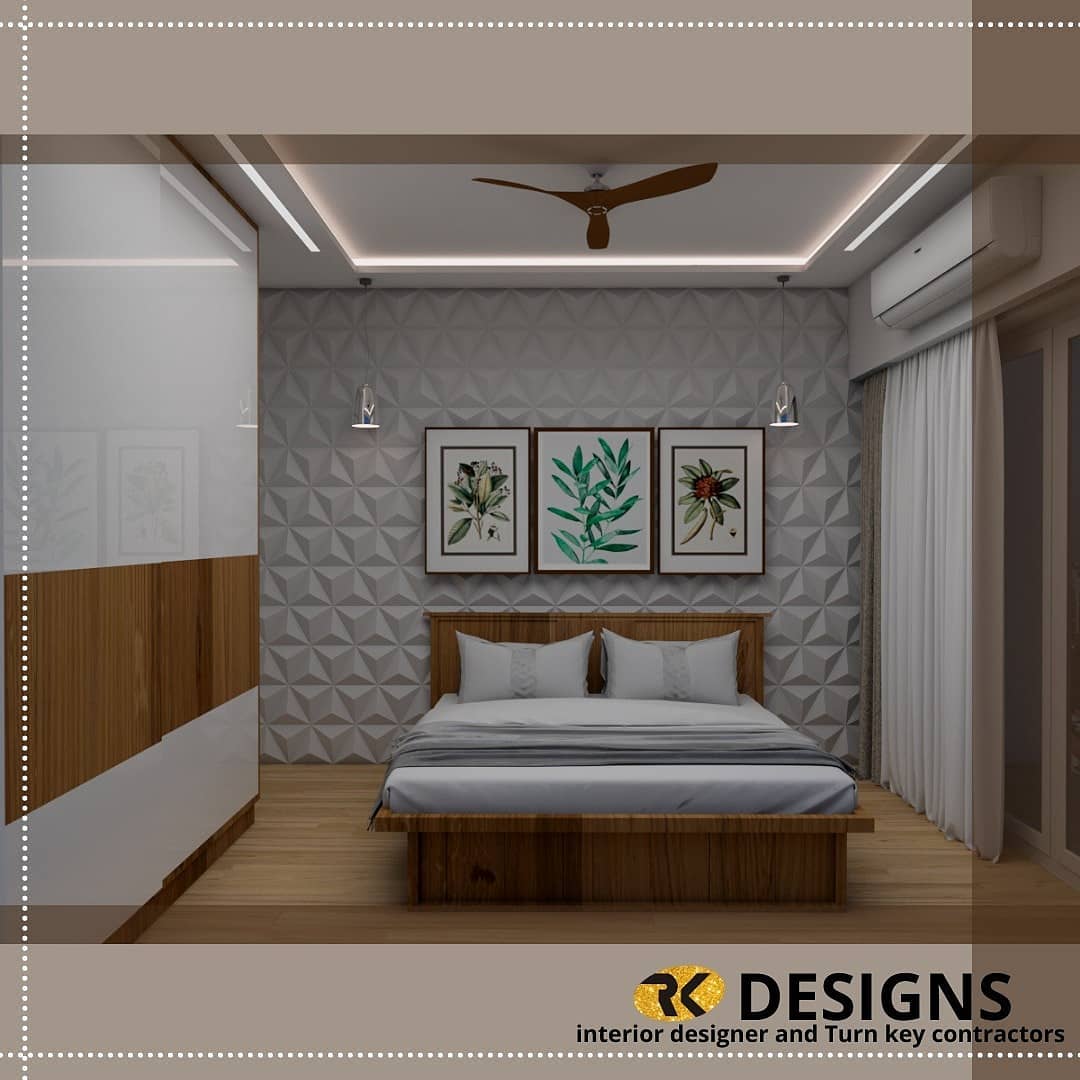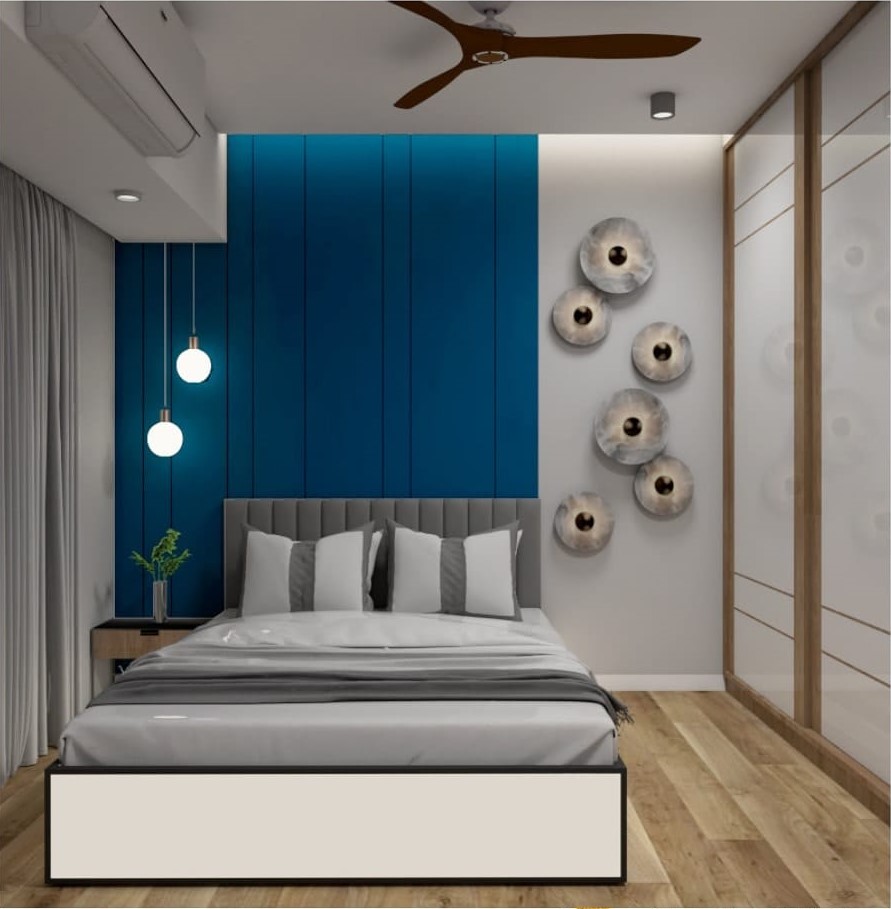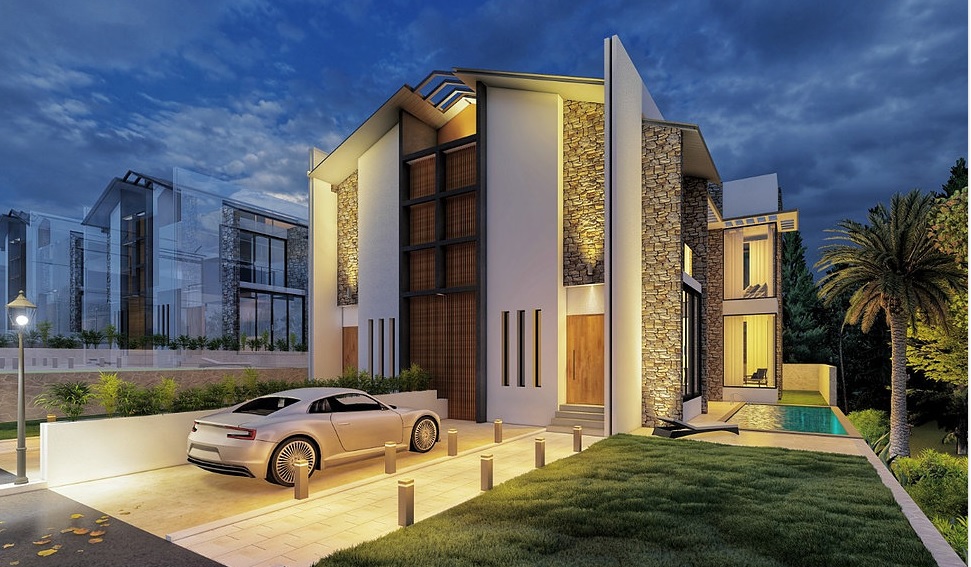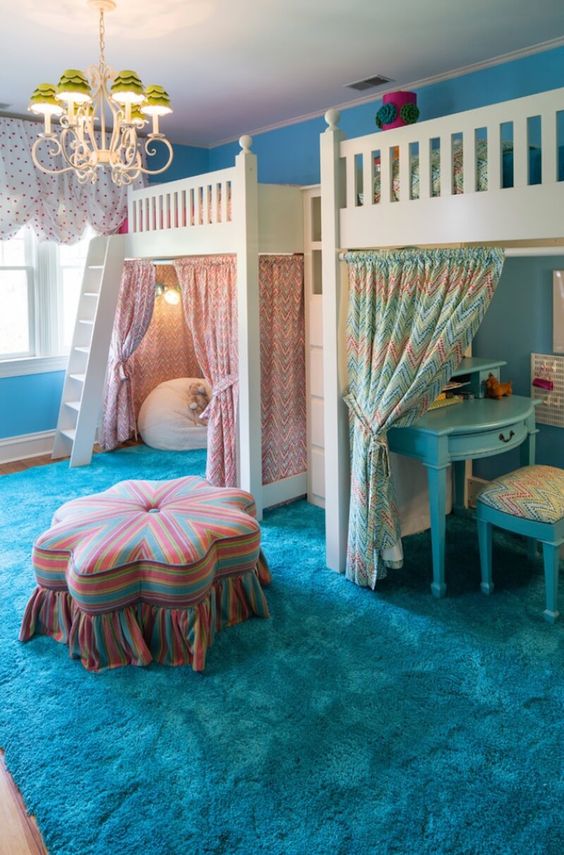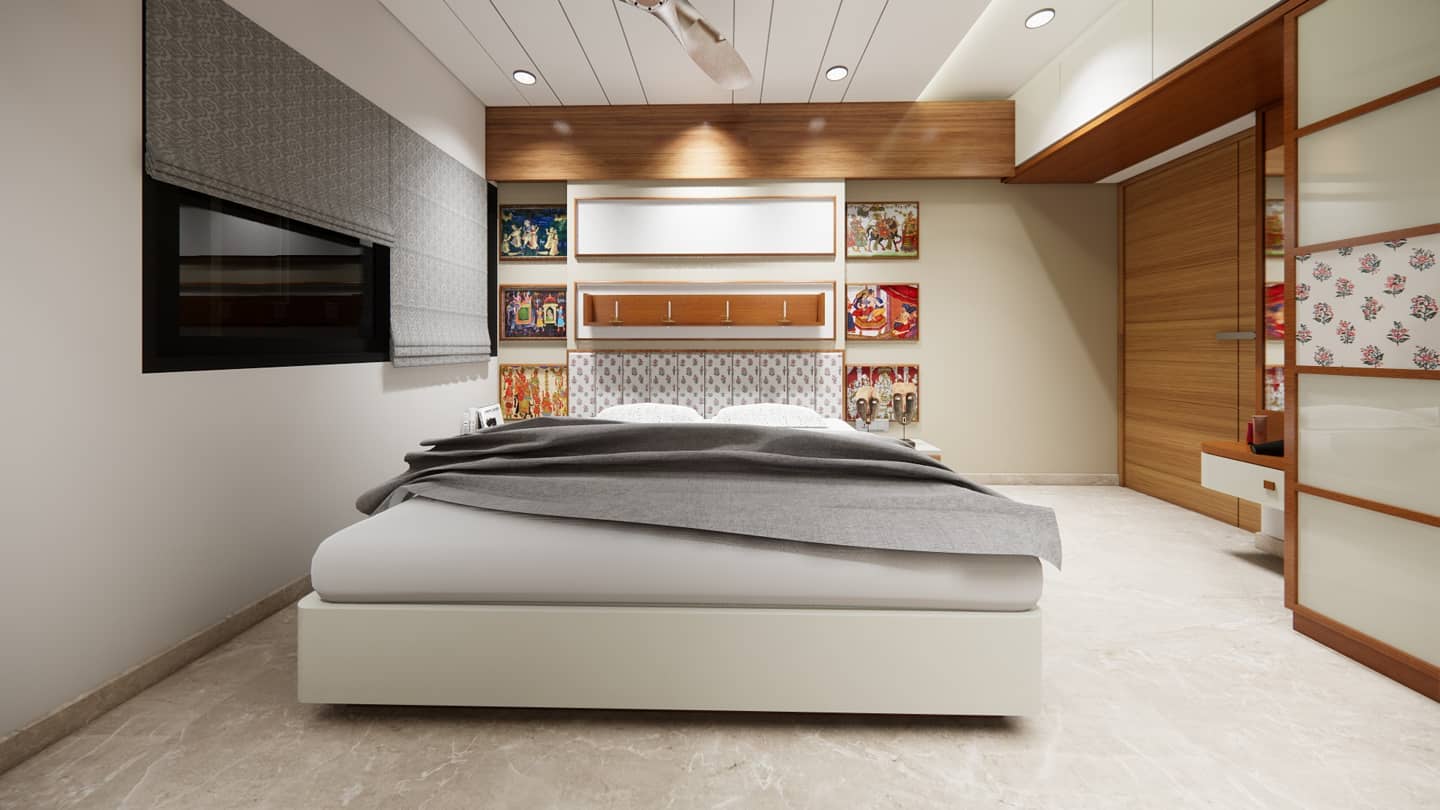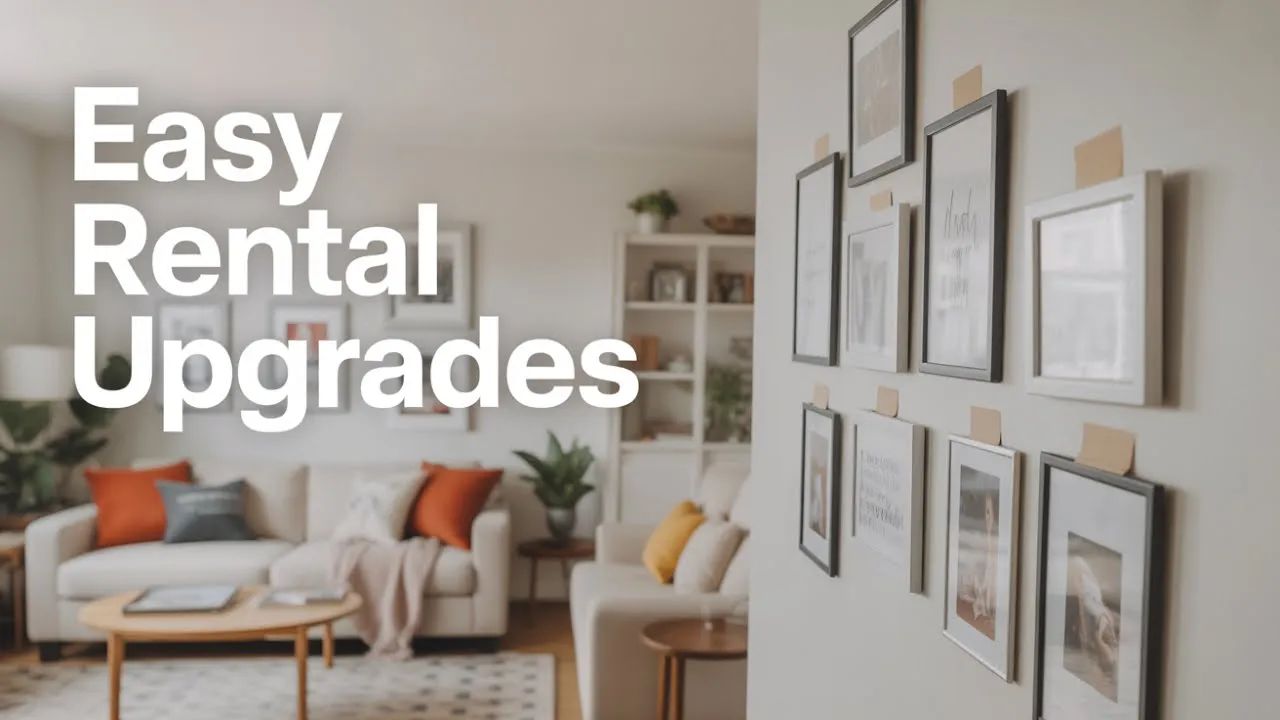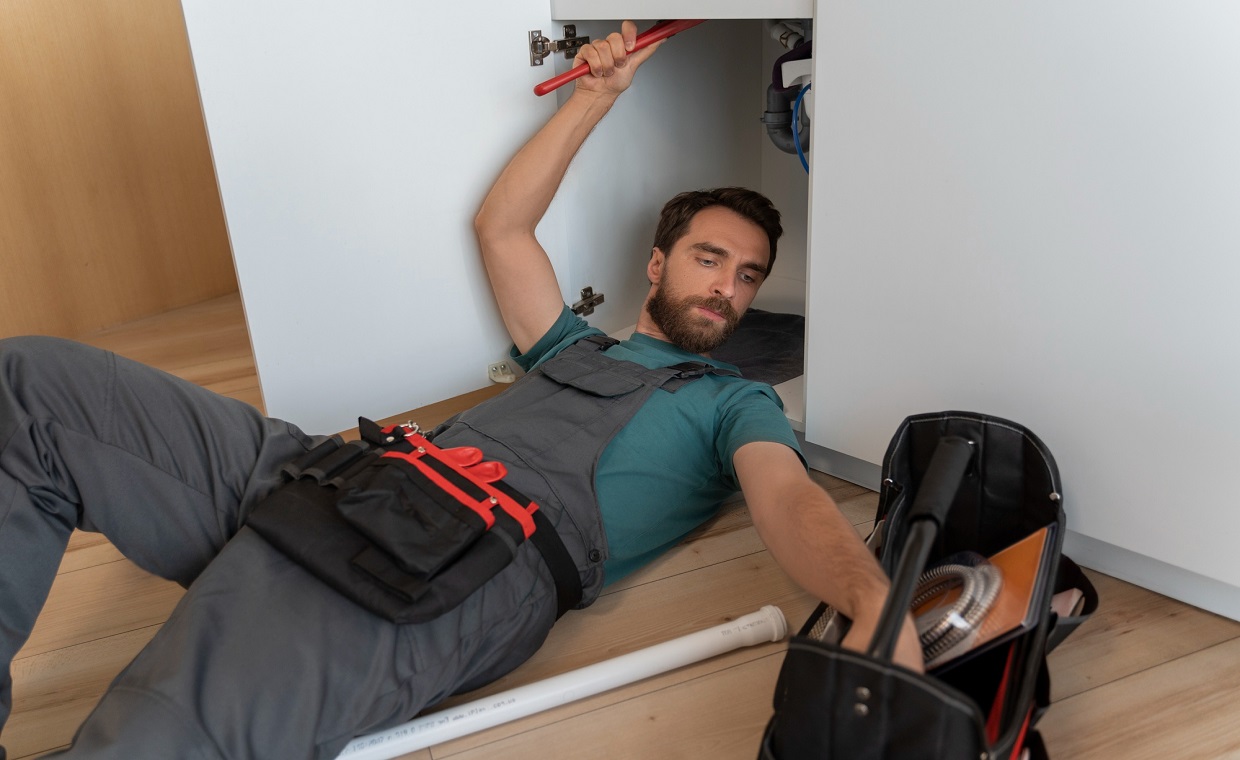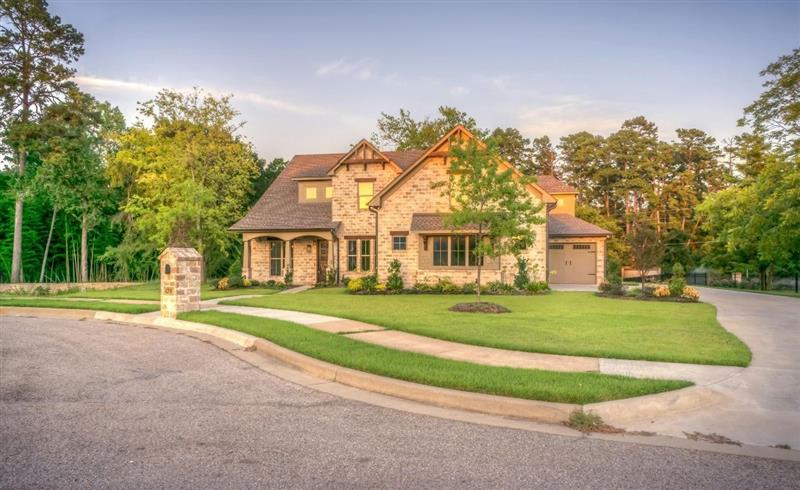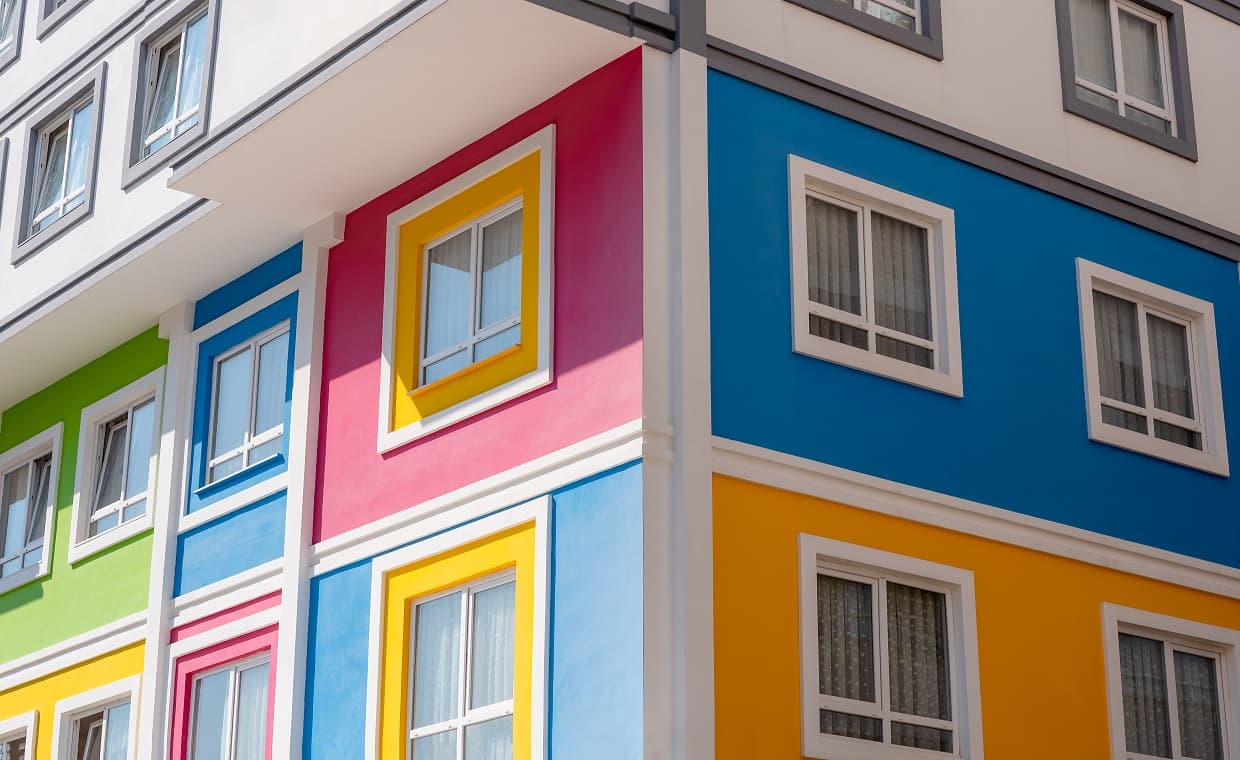
Table of Contents
Quick Summary
- Lists the 10 best exterior paint colors for 2025 that boost curb appeal and resale value.
- Covers how to choose colors that withstand UV, salt, humidity, and freeze-thaw cycles.
- Explains the 60-30-10 color rule for body, trim, and accent balance.
- Recommends high-SRI neutrals like white, beige, and greige to reflect heat and reduce fading.
- Suggests bold, resale-boosting accent colors like coral, navy, and black for doors and shutters.
- Shares HOA-friendly strategies to avoid fines and speed up approval.
- Offers climate-specific application tips including primers, acrylics, and elastomeric coatings.
- Provides a prep checklist for homeowners and pros.
- Highlights how thoughtful paint choices can cut time on the market and increase perceived value by thousands.
A new coat of paint does more than freshen curb appeal-it can cut days off your listing timeline and push offers higher. Zillow found that homes with a glossy black front door enjoyed an average $6,450 jump in buyer-perceived value. Yet color choice is trickier than ever. From Phoenix’s triple-digit sun to Cape Cod’s salty gales and Minnesota’s freeze-thaw cycles, 2025’s best exterior colors must handle a full spectrum of American weather, comply with homeowners-association (HOA) bylaws, and still photograph like a dream on mobile MLS feeds.
Below you’ll find a quick prep checklist, a climate-science crash course, and market-tested shades-all tailored for a nationwide audience. Follow the 60-30-10 design rule (60 % body color, 30 % secondary trim, 10 % accent), and you can paint confidently, attract more clicks, and close faster no matter what ZIP code you call home.
Why Exterior Color Choice Matters Coast-to-Coast

- UV Exposure-A National Reality – Whether you’re in Tucson or Charleston, ultraviolet radiation breaks down paint binders and fades dark pigments. A UV index of 10+ (common in much of the Sun Belt) can push wall temps past 140°F (60 °C). Light-reflective neutrals keep surface temperatures 10-15 °F cooler, slowing molecular breakdown and extending repaint cycles from five years to as many as eight.
- Salt, Humidity & Wind – Coastal breeze carries micro-salt that etches stucco in Maine just as ruthlessly as on the Gulf Coast. Humid air-from Galveston to Savannah-feeds mildew behind rigid paint films. Modern 100 % acrylics with integrated mildewcides flex gently and shed salt after a quick spring rinse.
- Freeze-Thaw & Moisture Migration – In states with true winters, water slips into hairline cracks, expands as ice, and pops paint off wood or stucco. Flexible, elastomeric formulations plus a high-build primer form a breathable shell that withstands 30+ freeze-thaw cycles per season.
- HOA Rules-Still the Gatekeepers – More than 40 million U.S. homes fall under HOA oversight. Most boards require written approval for exterior changes and, as Palm Beach County real-estate brokerage SquareFoot Home notes, they usually favor neutral bodies-beige, gray, cream-while allowing bolder accents on doors or shutters. Submit digital swatches two weeks ahead to avoid $100-a-day fines.
- Resale Math: Light Body, Bold Door – Across 2024-25 closing data, listings with bright, heat-reflective walls and a single contrasting door color earned 2–3 % higher sale prices and shaved three days off market time. Local data on SquareFoot Home shows the combo trims market time by almost a week. Buyers read light exteriors as “low maintenance” and subconsciously associate a dark-colored door with security and value.
2025 Exterior Color Snapshot
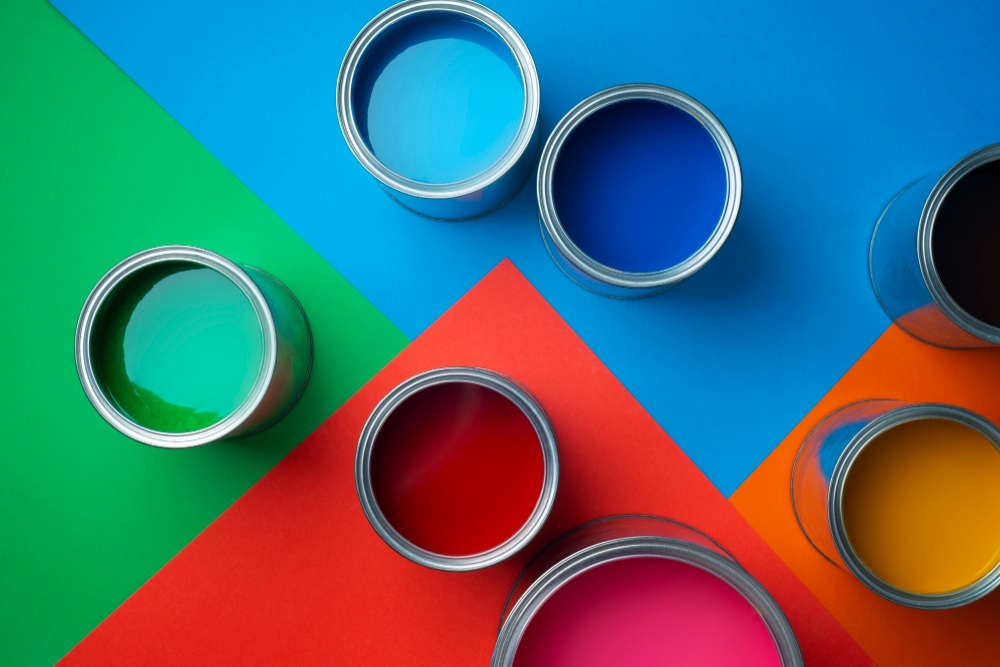
Color-of-the-Year Signals: Organic Warmth
Paint giants have pivoted from cool grays to nature-inspired warmth. Benjamin Moore’s Cinnamon Slate, a sun-baked plum-brown, and Sherwin-Williams’ Chartreuse Balance foreshadow an earthy palette. Swap stark whites for soft creams, trade steely blues for sage, and test terracotta trim lifted from desert adobe.
Durability in Diverse Climates
From the Atlantic’s nor’easters to the Mojave’s 11 % humidity, premium 100 % acrylics with UV absorbers dominate spec sheets. If you’re close to saltwater-or de-icing trucks-upgrade to a coastal-grade coating rated at 11+ mils dry film thickness.
HOA Trends-Slowly Loosening
Boards in Texas Hill Country are signing off on muted greens; Colorado’s newer planned communities permit charcoal or navy garage doors as long as bodies remain neutral. Yet beige, greige, and warm white still sail through most votes.
Design Momentum: Vacation Vibes Everywhere
A subtle “second-home aesthetic” is spreading inland. In Nashville’s new builds, teal shutters and coral porch ceilings echo beach cottages, proving you don’t need ocean views to sell a breezy mood.
Weather, Salt, Freeze-A Quick Science Lesson
- Sun: Dark pigments absorb and re-radiate heat, accelerating binder breakdown. Pick hues with a solar reflectance index (SRI) above 55; whites and pastels often exceed 70.
- Salt: Fine crystals pull moisture into microscopic pits, leading to blistering. A ten-minute freshwater rinse every spring dissolves salt before it etches.
- Humidity: Moist night air slips behind paint, encouraging mildew. Mildewcides plus flexible acrylic films breathe out moisture without cracking.
- Freeze-Thaw: In northern zones, water expands 9 % when frozen. Elastomeric coatings stretch up to 300 % to survive daily temperature swings.
10 Exterior Colors Poised to Dominate 2025
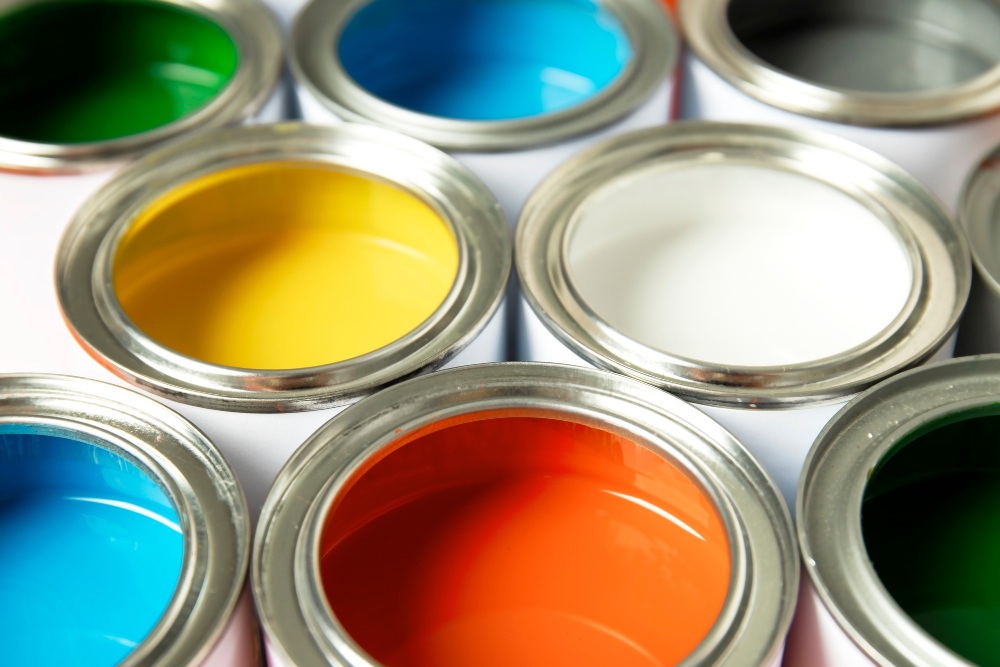
Below, each shade category lists core benefits, top brand formulas, testing tips, and styling cues. Mix-and-match trim as you like, but keep the body color light for mass appeal.
01. Crisp Climate-Smart White
Crisp climate-smart white remains an all-American crowd-pleaser because it satisfies resale psychology and basic material science at the same time. Titanium-dioxide pigments bounce away as much as eighty-five percent of solar radiation, keeping south- and west-facing walls roughly fifteen degrees cooler than mid-tone stucco. That temperature break slows chalking and pigment oxidation, extending repaint cycles from the usual five-year rhythm to seven or eight.
Pick classics such as Benjamin Moore White Dove or Sherwin-Williams Greek Villa, prime with a stain-blocking acrylic, then spray and back-roll two whisper-thin coats for a tight, uniform shell. Finish the look with matte-black gutters, bronze lanterns, and a hibiscus-coral door so listing photos pop without annoying the HOA design committee.
02. Sun-Washed Beige
Sun-washed beige bridges the gap between pure white minimalism and deeper taupe traditionalism, giving sellers a neutral that still feels warm and lived-in. Its solar-reflectance index hovers near sixty-five, meaning wall cavities register up to twelve degrees cooler on infrared scans, a perk that quietly trims summer utility bills in Phoenix, Atlanta, and Savannah alike. Sherwin-Williams Accessible Beige and Benjamin Moore Sparrow deliver just enough pigment to hide airborne dust and road grime without veering yellow under high noon glare.
Pair the body color with bright-white fascia, brushed-nickel door hardware, and muted sage shutters to strike a lifestyle pose that reads “easy maintenance” on MLS thumbnails while side-stepping most HOA vetoes.
03. Warm Greige
Warm greige blends equal parts gray stoicism and beige coziness, offering a chameleon-like backdrop that photographs true under LEDs, DSLRs, and phone cams. With a light-reflectance value in the mid-fifties, it stays roughly ten degrees cooler than charcoal yet hides pollen better than alabaster. Home-stagers swear by Sherwin-Williams Perfect Greige and Benjamin Moore Revere Pewter because each hue subtly shifts with daylight, flattering brick, vinyl, or fiber-cement in every time zone.
Apply a bonding primer, feather in two coats of mildew-resistant satin acrylic, and let the finish cure for 48 hours before reinstalling shutters. Accentuate with matte-white trim, slate stepping-stones, and oil-rubbed bronze numbers for curb appeal that whispers confidence instead of screaming trend.
04. Light Cool Gray
Light cool gray earns its spot on 2025 shortlists by masking salt streaks in coastal towns and mud splashes in the Midwest-an understated insurance policy for busy homeowners. Benjamin Moore Stonington Gray and Sherwin-Williams Passive carry solar-reflectance scores around sixty, delivering ten-degree surface-temperature breaks without drifting blue in shadow. A coastal-grade primer followed by two thin passes of salt-resistant acrylic will shrug off briny wind from Cape Cod to Puget Sound.
Dress the palette with crisp-white cornices, a navy door in high-gloss enamel, and brushed-steel sconces so online shoppers stop scrolling. Because the hue reads clean yet forgiving, it breezes through most HOA approval boards in a single vote.
05. Soft Sage Green
Soft sage green borrows its poise from native grasses and palm fronds, allowing a home to sit comfortably within almost any landscape plan. Sherwin-Williams Evergreen Fog and Benjamin Moore Saybrook Sage hover at a mid-fifties reflectance, keeping wall temps ten degrees cooler than brown cousins while resisting ultraviolet bleaching that plagues bluer greens.
Contractors love its forgiving nature: it camouflages stucco hairlines and cedar grain, yet every photograph still sparkles against mulched beds and wrought-iron rails. Lay down an elastomeric primer, brush two coats of acrylic with built-in mildewcide, and top everything with natural-wood entry doors and crisp-white lattice for a restful, HOA-friendly curb scene that translates into “move-in ready” buyer psychology.
06. Sky Blue
Sky blue evokes breezy porches from Cape May to Carmel, turning plain façades into weekend-getaway postcards. Sherwin-Williams Watery clocks a seventy-plus reflectance rating, meaning walls stay about ten degrees cooler while the hue remains punchy under brutal noon light. In online listings, homes painted sky blue logged 14% more photo saves last spring, signaling higher buyer engagement without the polarizing punch of brighter teals.
Apply a stain-sealing primer to block tannins, lay down two marine-grade satin coats, and break up expanses with white trim and a coral door. The result flatters both mid-century ranches and new-build farmhouses, slipping past most HOA color boards with a single, well-formatted PDF swatch.
07. Pale Aqua
Pale aqua pushes the coastal narrative a touch greener than sky blue, conjuring boardwalks and sea-glass trinkets even in landlocked markets. Benjamin Moore Yarmouth Blue is a perennial designer favorite, prized for holding its hue without tipping mint in shade. With a solar-reflectance index north of seventy, pale aqua reflects nearly as much heat as off-white but photographs with far more personality.
Start with a mildew-resistant primer, follow with two thin coats of marine-grade acrylic, and punctuate entryways with unlacquered-brass numbers and seagrass planters. Because the body color remains light, HOAs typically classify it as a neutral, especially when accents stay within the 10-percent footprint.
08. Coral Accent
Coral accents have migrated from Key West shutters to mainstream front doors, adding an energetic focal point proven to shorten days-on-market. Listings with Benjamin Moore Coral Gables or Sherwin-Williams Coral Reef doors closed an average of 2 days faster in 2024 MLS data. Keep application tight-roughly ten percent of the façade-so the hue delights without overwhelming, and always lead with a digital swatch during HOA submissions.
Sand the panel to 220-grit, prime with bonding enamel, then roll two satin coats for fingerprint resistance. Temper the splash with soft-white siding, galvanized hardware, and perhaps a teal planter, creating a layered palette that translates vibrantly across smartphone cameras.
09. Terracotta Clay
Terracotta clay is a warm, clay-like color with a light-reflectance value near 40 percent. It absorbs enough light to keep walls up to 7 °F (4 °C) cooler than darker reds and resists chalky fade under intense UV.
Spanish-revival homes repainted in soft terracotta during Q2 closed six days faster on average than similar beige listings. Top choices include Sherwin-Williams Bella Pink and Benjamin Moore Adobe Dust. Confirm terracotta as a body color with your HOA. Tape a four-square-inch swatch to your wall and review it at sunrise and sunset to see how the tone shifts.
First, roll on a bonding primer so the topcoat grips tight, then brush on two thin coats of flexible elastomeric acrylic whose stretch formula seals the micro-cracks terracotta shades tend to spotlight. Cap the look with matte antique-white trim and raw-wood or wrought-iron accents, and you’ll enjoy at least five coastal seasons of rich color before a repaint comes due around year seven.
10. Deep Navy or Jet Black Accent
Deep navy and jet-black accents transform an ordinary façade into a study in contrast, signaling durability and taste. Zillow’s 2024 survey pegged the buyer-perceived value boost at roughly $6,000 for homes sporting glossy black front doors. Sherwin-Williams Tricorn Black or Benjamin Moore Hale Navy applied in a high-build enamel shrugs off fingerprints and ultraviolet fade for up to six seasons.
Always prime first to block tannins, then lay two thin coats with a foam roller for a glass-smooth sheen. Limit dark color to doors, shutters, or porch ceilings to dodge heat gain and HOA pushback. Flank the entry with brushed-nickel kicks and a clean-lined mailbox to complete an upscale but approachable curb appeal.
Quick-Prep Checklist
- Wash walls with a garden-hose rinse and mild TSP substitute.
- Scrape & Sand flaking areas; fill cracks with elastomeric patch.
- Prime: Use stain-blocking acrylic; coastal homes should choose saline-resistant formulas.
- Mask windows, lighting, and landscaping.
- Spray + Back-Roll two thin coats, maintaining a wet edge for uniform sheen.
- Cure Time: Allow 48 hrs before rehanging shutters or house numbers.
Key Takeaways & Your Next Three Moves
- Pick High-SRI Neutrals for the body. They stay cooler, resist fading, and photograph brighter, crucial for online house hunting.
- Add One Confident Accent-navy, coral, or jet black-to signal quality without alienating cautious buyers.
- Plan a Spring Rinse (salt zones) or Fall Gutter Clean (freeze-thaw zones) to maximize the paint’s eight-year lifespan.
America’s climate may span deserts, prairies, coasts, and tundra, but the winning formula is universal: light, reflective bodies; flexible, mildew-resistant chemistry; and a pop of personality right at the front door. Paint smart, stage thoughtfully, and let your listing photos do the heavy lifting-no matter where the “for sale” sign lands.
FAQ: Common Seller Questions
01. How long will a light exterior last on the coast?
Six to eight years with a UV-shielded acrylic and annual rinse. Dark walls often need repainting in 3 to 4.
02. Do I need HOA sign-off before I paint?
Almost always. Submit swatches digitally two weeks in advance; fines can hit $100 a day. If you’re unsure which board to contact, you can use these effective methods to locate your HOA information by address and track down the right decision-makers before submitting your request.
03. Will a bold color hurt my sale price?
A single accent (door, shutters, garage) generally helps. Avoid painting an entire façade coral unless you’re in a historic district that already embraces it.
04. How often must I repaint in freeze-thaw regions?
Expect a seven- to nine-year cycle if you choose elastomeric coatings and keep gutters clear to prevent ice dams.



